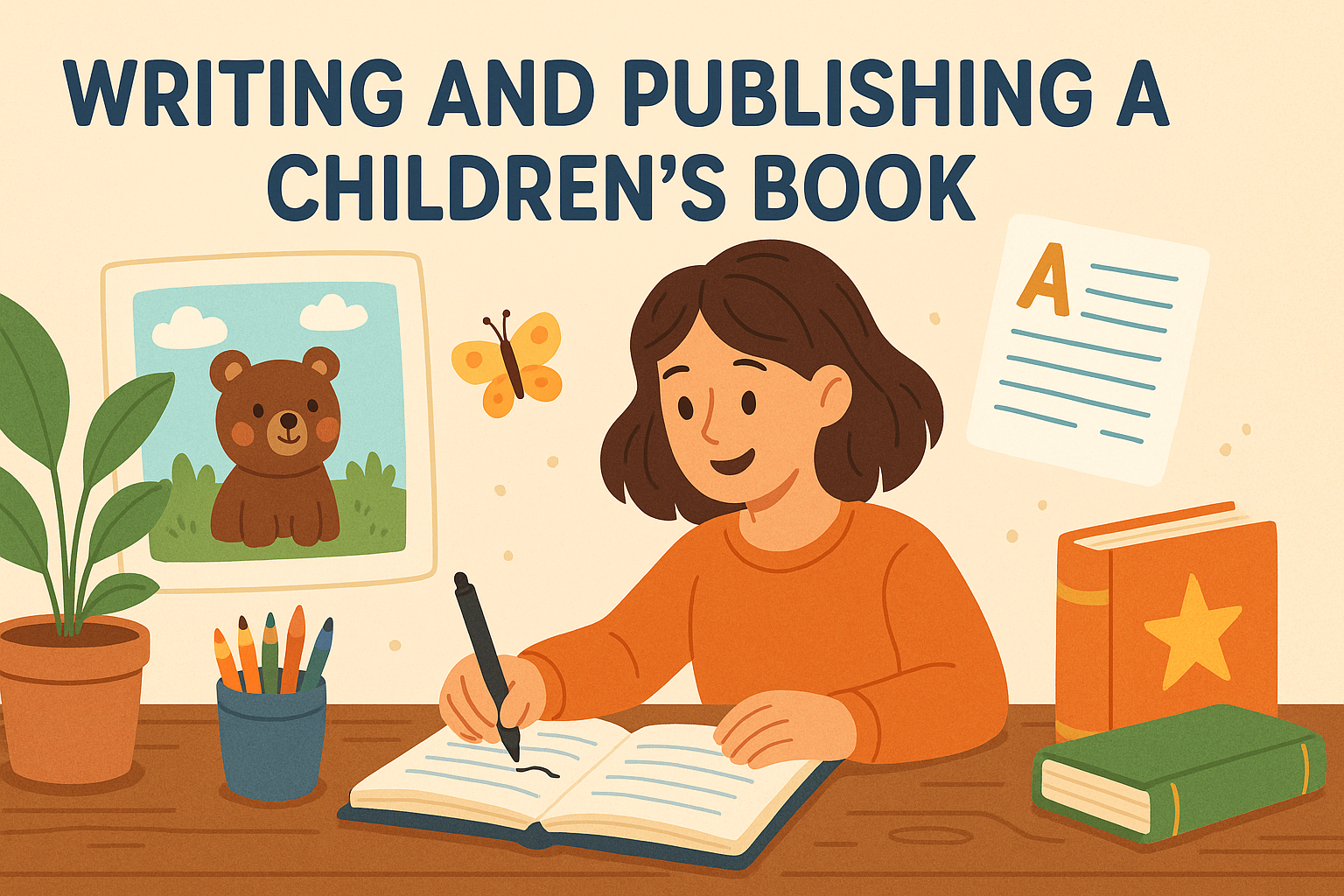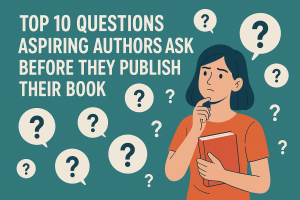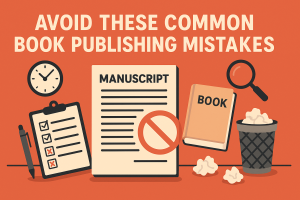Why Children’s Books Hold a Timeless Role in Education, Imagination, and Emotional Growth Even in 2025
Children’s books have always held a magical place in society, serving as both a source of entertainment and an essential tool in a child’s development. In 2025, as technology continues to transform how we communicate and learn, the importance of children’s literature remains unshaken. These books are more than stories, they are instruments that foster empathy, spark imagination, teach valuable lessons, and connect generations. The whimsical illustrations, playful rhymes, and imaginative adventures found in children’s books play a vital role in emotional intelligence, language development, and social understanding.
With screen time at an all-time high, parents, educators, and authors alike are doubling down on the value of tactile storytelling experiences. Children’s books provide a grounding contrast to the fast-paced world of digital content, offering a safe space where children can explore fears, solve problems, and dream freely. That’s why children’s book publishing is not only thriving but evolving with new voices, diverse characters, and creative storytelling methods.
The Evolution of Children’s Book Publishing in the Digital Era and Why It’s More Important Than Ever
The world of children’s book publishing has dramatically evolved, particularly over the last decade. Traditional publishing routes once dominated the market, but now independent authors, illustrators, and entrepreneurs are finding success with children’s book publishing through self-publishing platforms and hybrid models.
This evolution has made it easier than ever for aspiring writers to learn how to get a children’s book published without needing to rely solely on major publishing houses. Platforms offering book publishing services have grown to accommodate all types of creators, from first-time authors to educators and illustrators with years of experience. These services provide the necessary support, from editing and illustration to distribution and marketing, to bring children’s stories to life.
Moreover, 2025 marks a significant milestone in the adoption of AI-assisted design tools and storytelling techniques, allowing even small creators to produce polished, professional-grade books. These innovations have democratized the space, encouraging a broader diversity of voices and stories that reflect the real world children live in today.
What Makes a Great Children’s Book in 2025 and How Authors Can Embrace Creativity While Meeting Reader Needs
Creating a great children’s book in 2025 involves more than just colorful illustrations and rhyming words. Today’s children and their parents seek stories that not only entertain but also educate, inspire, and represent diverse perspectives. Themes such as inclusion, environmental awareness, mental wellness, and emotional intelligence are more prominent than ever before.
Authors must balance creativity with purpose. They should consider age-appropriate language, attention-grabbing visuals, and narratives that offer meaningful takeaways. Involving sensitivity readers, child psychologists, and educators in the book development process has also become a growing trend among the best self-publishing companies and traditional publishers alike. This ensures the final product resonates positively with young readers and aligns with educational goals.
Additionally, children’s books in 2025 often incorporate interactive elements—whether through augmented reality, puzzles, or storytelling games, which deepen engagement and increase retention of themes and vocabulary.
Understanding the Landscape of Book Publishing Services and How They Support Children’s Book Authors
Authors seeking to publish children’s books in today’s market must navigate a landscape rich with book publishing services that cater to various needs and budgets. These services range from full-scale publishing support, including editing, layout, and illustrations, to more focused services like manuscript critique and marketing consultation.
The rise of self-publishing has led many writers to explore options beyond traditional publishing houses. Whether partnering with the best self-publishing companies or working independently, having access to professional book publishing services can greatly enhance the quality and reach of a children’s book.
Many of these companies now specialize in children’s book publishing, understanding the nuances that differentiate a successful children’s title from others. For example, the right illustrator can make or break a picture book, and the layout design must be crafted to suit young readers’ comprehension levels. Expert support in these areas can increase a book’s chances of success both in the marketplace and in educational environments.
Navigating the Process: How to Get a Children’s Book Published from Concept to Bookshelf in 2025
For many aspiring authors, the biggest question is how to get a children’s book published in today’s competitive environment. The good news is that there are more pathways than ever before. The publishing process typically begins with refining the manuscript, followed by working with an illustrator, editor, and designer.
Once the book is professionally packaged, authors must choose between self-publishing, hybrid publishing, or traditional routes. Self-publishing allows for greater creative control and faster timelines, especially when working with top-tier book publishing services that specialize in children’s books. Hybrid models offer a middle ground, providing professional services and guidance without requiring authors to surrender their rights.
Distribution options have also broadened. Beyond physical bookstores, children’s books are widely distributed through online marketplaces, subscription boxes, and even direct-to-school platforms. Marketing strategies now often include influencer outreach, author-led readings on YouTube, and engagement on platforms like Instagram and TikTok where parenting communities thrive.
The Role of Visual Design in Children’s Book Publishing and Why Quality Illustration Is Non-Negotiable
In the realm of children’s book publishing, illustration is as critical as storytelling. Visuals not only attract attention but also help convey tone, mood, and message. In 2025, the bar for illustration quality continues to rise, driven by tools like digital sketching tablets, 3D modeling, and AI-assisted drawing software.
While some authors choose to illustrate their own books, most work with professional illustrators through book publishing services or the best self-publishing companies. Matching the right artist to the tone of the story is essential, and many companies offer portfolio access to help authors choose.
Additionally, layout and typography are carefully tailored to age groups. Board books for toddlers, for instance, have bold images and simple text, while books for older children may use stylized fonts and layered visuals to match a more advanced narrative.
How Much Does It Cost to Publish a Book for Children in 2025 and What Budgeting Tips Should You Know
One of the most frequently asked questions is about the cost to publish a book, particularly in the children’s genre. In 2025, the cost can vary greatly depending on the scope and services involved.
On average, the cost to publish a book for children ranges between $2,000 and $10,000 when considering professional editing, illustration, design, and marketing. However, authors who leverage affordable book publishing services can bring that number down by selecting only the most essential services or negotiating package deals.
Budgeting tips for aspiring authors include:
- Start small with a short-run print or digital-only release.
- Crowdfund or apply for grants dedicated to educational or diversity-focused children’s literature.
- Collaborate with art school students for lower-cost illustrations.
- Consider print-on-demand options to reduce inventory costs.
Understanding the full cost to publish a book upfront allows authors to plan accordingly and avoid unexpected delays or compromises in quality.
Choosing Between Self-Publishing and Traditional Publishing for Children’s Books and Knowing What Works Best in 2025
Self-publishing vs traditional publishing is a debate every aspiring children’s book author must weigh. In 2025, both options offer compelling benefits depending on an author’s goals, budget, and experience.
Traditional publishing offers prestige, editorial oversight, and established distribution. However, it also involves long timelines, competitive barriers to entry, and less creative control. Authors often require an agent to get noticed and must sometimes adapt their vision to fit a publisher’s market criteria.
On the other hand, self-publishing provides full creative freedom, faster go-to-market times, and higher royalty percentages. By working with the best self-publishing companies that offer tailored book publishing services, authors can match or even exceed the quality of traditional publishing while retaining control of their intellectual property.
Hybrid models are also gaining traction, especially among children’s book publishing newcomers. These models offer the editorial and production benefits of traditional publishing with the freedom and higher royalties of self-publishing.
How Parents and Educators Are Shaping Trends in Children’s Book Publishing and Driving the Demand for Meaningful Stories
In 2025, parents and educators are no longer passive consumers, they are active participants in shaping which books become popular. They seek stories that align with educational goals, reflect diverse experiences, and support emotional well-being.
Children’s books addressing topics such as climate change, identity, inclusivity, and mental health are in high demand. Authors and publishers who align their stories with classroom curricula or parenting priorities often enjoy stronger support and wider readership.
Book publishing services that specialize in children’s book publishing are now offering curriculum-aligned development, consultation with child psychologists, and sensitivity reading as part of their packages to ensure the book meets contemporary standards and resonates with modern families.
Marketing and Distributing Children’s Books in 2025: What Authors Must Know to Reach Young Readers and Their Caregivers
Successfully publishing a children’s book doesn’t end with printing. Marketing and distribution are equally vital. In 2025, effective marketing includes a mix of traditional and digital strategies. Book readings, school visits, and library events still hold value, but so do Instagram reels, YouTube storytimes, and Pinterest boards targeting parents and educators.
Working with the best self-publishing companies or book publishing services often includes access to marketing tools such as email campaigns, book trailers, and media outreach. Listing books on platforms like Amazon, IngramSpark, Bookshop.org, and even Shopify stores ensures broader reach.
Building an author brand, especially one focusing on a particular niche or audience, is key to long-term success. Whether it’s nature-themed books, STEM stories, or culturally specific narratives, niche branding helps attract and retain loyal readers.
Conclusion: Why the Future of Children’s Book Publishing Is Brighter Than Ever and How You Can Be a Part of It
Children’s books are more than bedtime stories, foundational tools for empathy, education, and expression. In 2025, the landscape of children’s book publishing is more accessible, diverse, and dynamic than ever. Authors have more control over their stories, better access to professional support through book publishing services, and a wide variety of tools to bring their vision to life.
Whether you are curious about how to get a children’s book published or concerned about the cost to publish a book, remember that resources, platforms, and communities exist to support your journey. The demand for quality children’s literature is only growing, and with the right blend of creativity, strategy, and support, your story can make a lasting impact.






